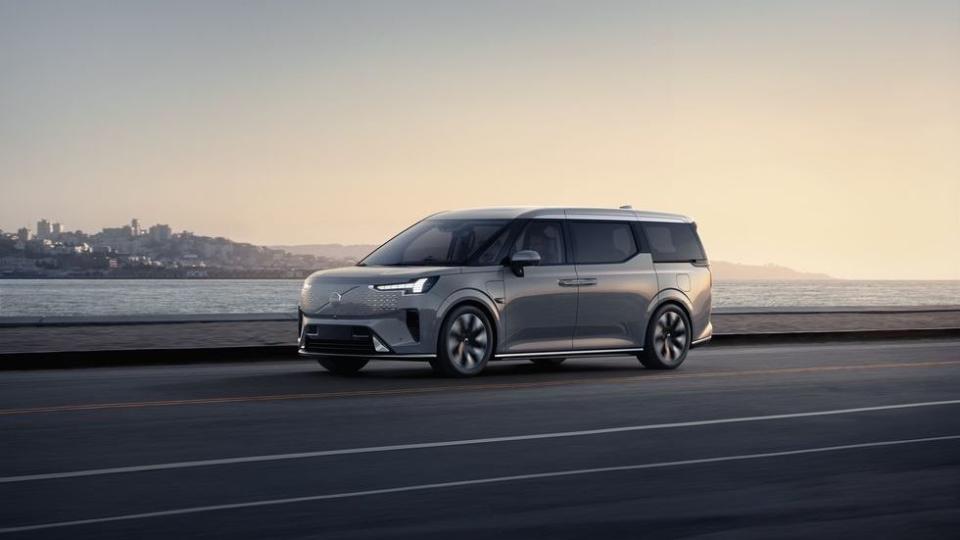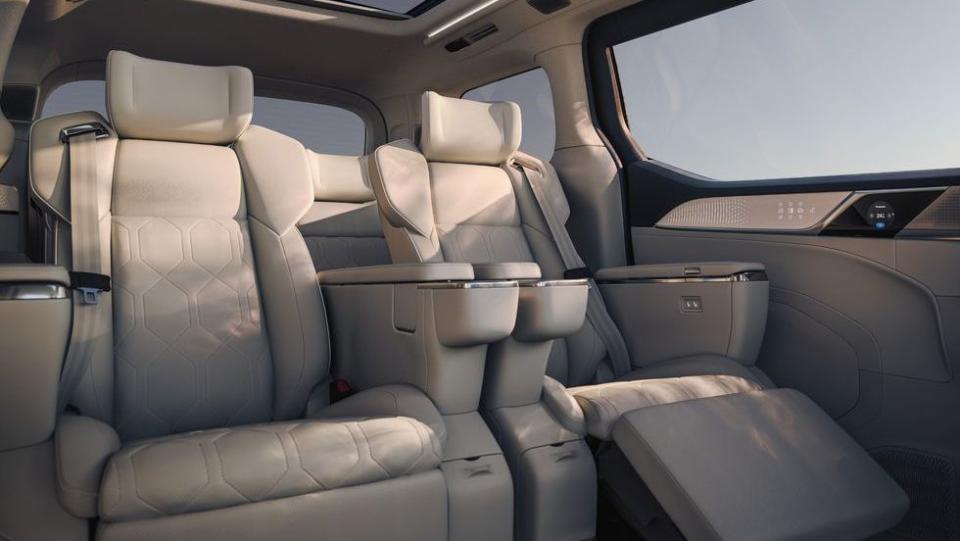Volvo Begins Building Electric Minivan—But Don’t Hold Your Breath

Volvo EM90 production begins in China, with the electric model becoming the brand's first minivan.
The EM90 shares much with the Zeekr 009, which entered production first, and is based on Geely's SEA platform also shared with Lotus and Polestar.
The minivan starts at the equivalent of $114,000, making this a pricey option in a market still receptive to luxury minivans.
Volvo has kicked off production of the EM90 minivan this month, with the first deliveries scheduled for March. Produced in China and intended largely for the domestic market, the EM90 is based closely on the Zeekr 009—another one of Volvo parent company Geely's electric brands.
But unlike the Zeekr model, the Volvo EM90 will offer only a single-motor layout, with a 116-kWh battery giving it a range of 459 miles in the somewhat optimistic CLTC cycle. On paper this makes it Volvo's longest-ranged model to date (though EPA figures would be far more conservative) and also the roomiest by a long margin, even counting things like the Volvo 245 Transfer.
By contrast, the US will soon get Volvo's smallest electric model to date, with the EX30 making its way here later this year.
Inside the EM90 passengers get two large screens, including one up front measuring 15.4 inches. Another screen that measures 15.6 inches folds down from the ceiling for the benefit of rear-seat passengers, allowing them to watch movies.
The Volvo and Zeekr models aren't entirely identical underneath: the Zeekr model is offered in dual-motor form with a combined 536 hp at the driver's disposal, while the Volvo is limited to a single-motor out back good for 268 hp. This gives it a far slower 0-to-62 mph launch time of 8.3 seconds, to Zeekr's 4.5 seconds.
So there is some model differentiation in Geely's approach to this version of the Sustainable Experience Architecture 1 (SEA) platform, which is also used by vehicles as different as the Lotus Eletre and the Polestar 4. That electric duo, on the other hand, will be offered stateside starting this year.

Needless to say, this luxury minivan segment is far more important in China than anywhere else, and has been for a while, though we're only now seeing some electric entries. And they're not cheap.
Volvo's EM90 starts at the equivalent of $114,000, which is obviously a bridge too far for European and American minivan shoppers.
Volvo currently has no plans to bring the EM90 to North America, content with letting Volkswagen have all of the electric minivan segment starting later this year.
Of course, quite a bit is riding on the retro appeal of the VW ID. Buzz, so perhaps that's a special case, all things considered. Just how much appeal it will have in the marketplace remains to be seen, as it won't be a cheap model, either.
We should also note that Ford's E-Transit is technically available as a passenger van aimed at commercial users, and therefore not really intended for regular minivan shoppers.
The longer-term prospects of the electric minivan segment are not particularly appealing in the US, with just a handful of established players left in the segment. And that's a picture that's not expected to change in the electric age, at least early on, as automakers race to field crossovers of all sizes.
Volvo's EM90, therefore, is expected to stay on its side of the Pacific.
Will there be much demand for electric minivans in this decade, or will road trip requirements force this segment to stay confined to gas and hybrid models for some time? Let us know what you think.

 Yahoo Autos
Yahoo Autos 